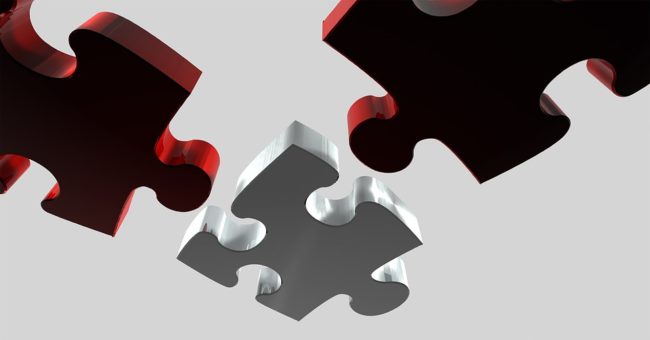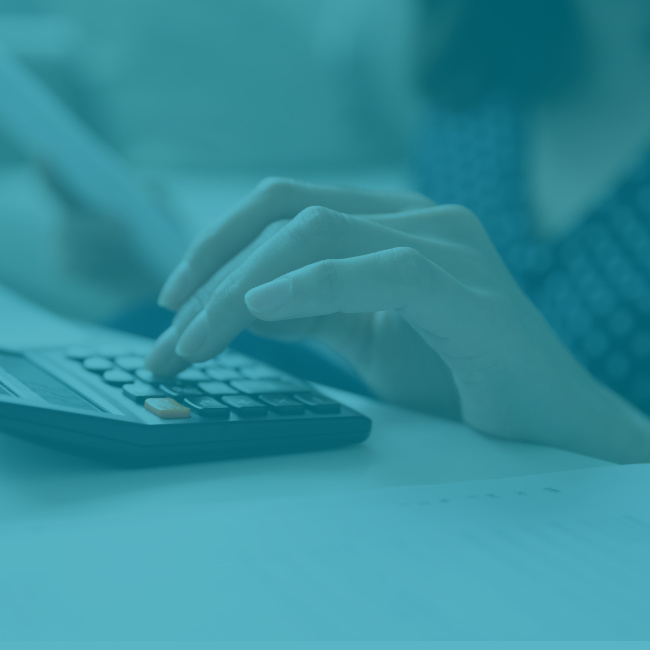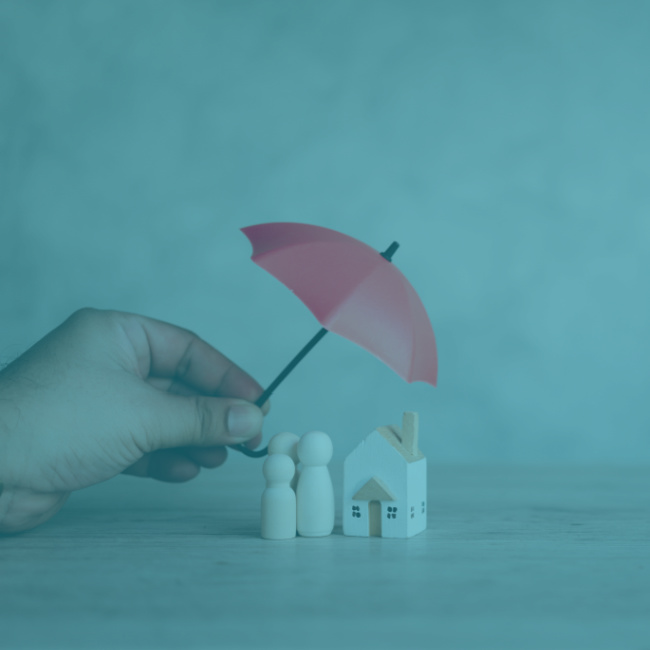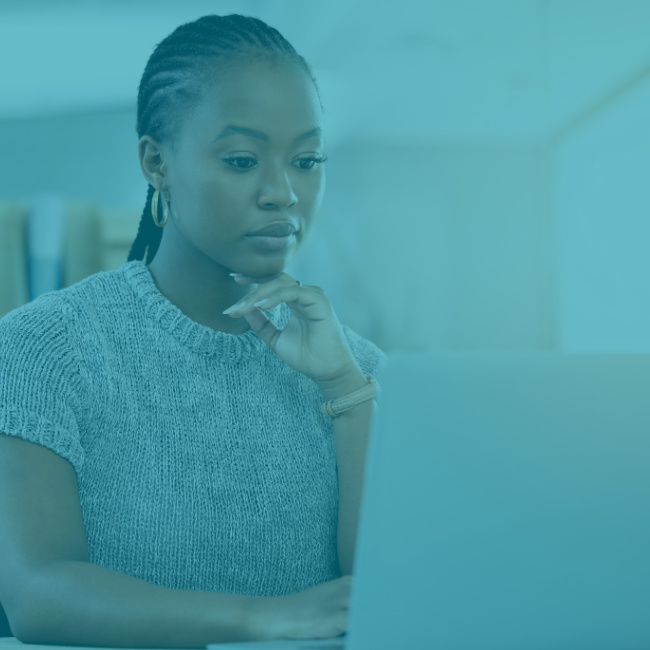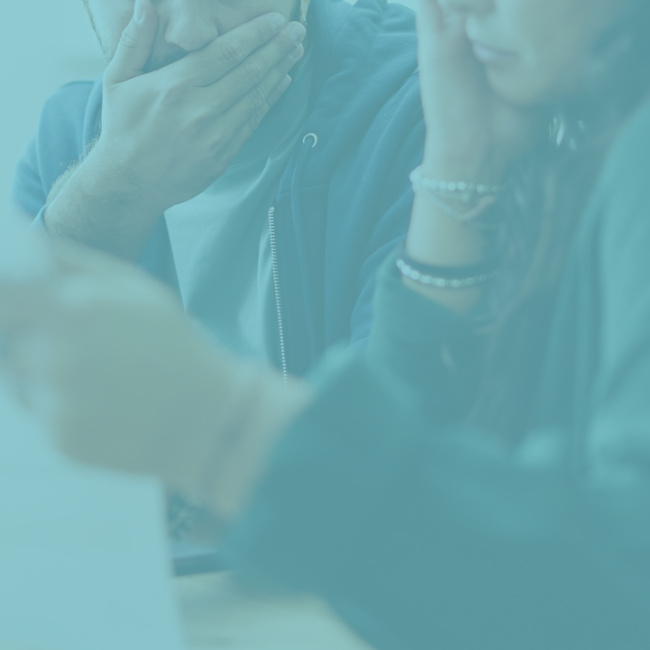Contrary to the fears many people have, the process of filing bankruptcy in BC is actually quite straightforward. Between 600 and 1,000 individuals in BC each and every month opt to restructure their finances by filing for bankruptcy or making a Consumer Proposal to their creditors.
In this post we’ll explain some commonly confused areas and review what really happens if you declare personal bankruptcy.
In Canada the personal bankruptcy process will generally follow these steps:
Investigate the Bankruptcy Proceeding
The first step in filing bankruptcy is determining whether it’s actually a solution to your situation. In order to find out if you meet the legal requirements for bankruptcy, you will need to:
Meet with a Licensed Insolvency Trustee
You do not need a lawyer to start a bankruptcy, you need a Licensed Insolvency Trustee (LIT) – they are the designated professionals that handle bankruptcy filings in Canada.
During your initial meeting (which is free), the LIT will review your situation with you. Some points they’ll ask you about will be:
- Who you owe money to (and around how much);
- What assets you have;
- What your household income is.
Apply for Bankruptcy
While starting the bankruptcy process is commonly known as “applying for bankruptcy”, there are a few points to note:
- Your creditors cannot deny you access to bankruptcy if it’s the solution that you choose;
- Your credit score isn’t a factor in whether a bankruptcy makes sense.
In order to qualify for bankruptcy a person needs to be “insolvent”. This means that they owe $1,000 or more and are unable to pay their debts as they become due.
Believe it or not, as much as 70% of people who enter into bankruptcy have “good” credit history and scores. Bankruptcy does not permanently alter your ability to gain new credit. Tools and resources on moving forward after bankruptcy are all part of the process.
Consider Bankruptcy Alternatives
Considering alternatives to bankruptcy is part of the bankruptcy process? (We hear your surprise but YES it is!) Before committing to a bankruptcy, part of the legal process requires that the LIT help you evaluate whether any other solutions could work for you and your situation. Sometimes bankruptcy is the best solution, but Consumer Proposals, traditional debt consolidation and credit counselling programs are just some of the alternatives that the LIT will discuss with you.
Working with a LIT puts you back in the driver’s seat. We’ll walk you through all your debt options so that you can pick the option that’s best for you!
Filing Bankruptcy Documents
To start the official bankruptcy process your LIT will prepare a set of legal forms for you to sign together. After these bankruptcy documents are signed, the LIT will get your bankruptcy filed (officially registered) with the Office of the Superintendent of Bankruptcy.
Once your bankruptcy is official your creditors will be notified of your bankruptcy by your LIT; your LIT will also notify creditors who have a wage garnishment against you or have frozen your bank account, so that these actions can be stopped immediately.
Your creditors will be legally prohibited from contacting you for payment, or from taking other legal collection actions once your bankruptcy has been registered.
Completing Bankruptcy Duties
Once the official bankruptcy starts you’ll work through the process. For most people the bankruptcy period lasts for nine months. Generally this period will involve the following:
Submitting your Budgets
Every month you’ll fill out a “Statement of Income and Expenses” and submit it to your LIT. Also known as a ‘budget form’ this is where you will keep track of and report your household income and expenses.
Completing Financial Counselling
During your bankruptcy you’ll have two financial counselling sessions with a Qualified Insolvency Counsellor. These private, one-on-one meetings will cover things like budgeting, credit use, understanding credit history, financial warning signs, and give you a chance to get more information about other resources you’re interested in.
Paying Bankruptcy Costs
Most of the time the cost of bankruptcy is $2,700. Normally you would pay this by making payments throughout the nine-month period of bankruptcy.
Getting Discharged from Bankruptcy
At the end of the bankruptcy period when the duties are complete, you’ll be granted a discharge from bankruptcy. This is essentially an ‘exit’ from the process and signifies that you are no longer obligated to pay back the debts included in your bankruptcy.
Once you’ve received a discharge from your bankruptcy, it’s time to celebrate being debt-free!
Learn about bankruptcy and alternatives to bankruptcy with a local Sands & Associates debt expert. Book your free debt consultation today!

